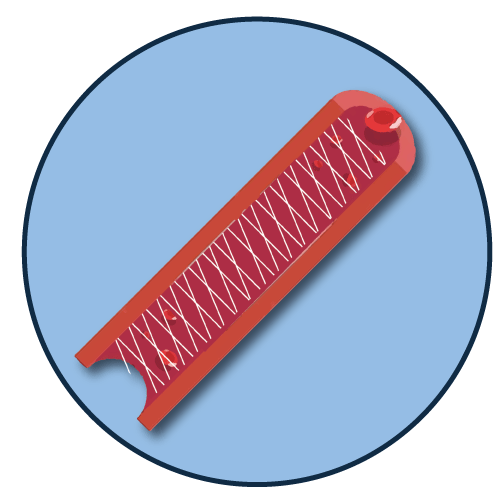| Name | percutaneous coronary intervention procedure |

percutaneous coronary intervention procedure
Percutaneous coronary intervention (PCI) is a procedure used to treat narrow or blocked arteries in the heart. The procedure is performed by a cardiologist and involves the use of a catheter (a thin, flexible tube) to access the blocked artery. The procedure typically involves the following steps:
-
Access: A small incision is made in the groin or arm, and a catheter is inserted into the affected artery.
-
Imaging: A special dye is injected into the artery to help the cardiologist see the blockage.
-
Balloon angioplasty: A small balloon on the end of the catheter is inflated to open the blockage and restore blood flow to the heart.
-
Stenting: A small metal mesh device (stent) may be placed in the artery to keep it open.
-
Removal: The catheter is removed and the incision is closed.
PCI is a minimally invasive procedure that can be performed on an outpatient basis, with most patients able to return to normal activities within a few days. The procedure is typically used to treat stable angina (chest pain) and acute coronary syndrome (a condition that occurs when the blood supply to the heart is suddenly blocked). It is important to discuss the risks and benefits of PCI with your doctor, as well as any other treatment options that may be available.
 Bangla
Bangla English
English